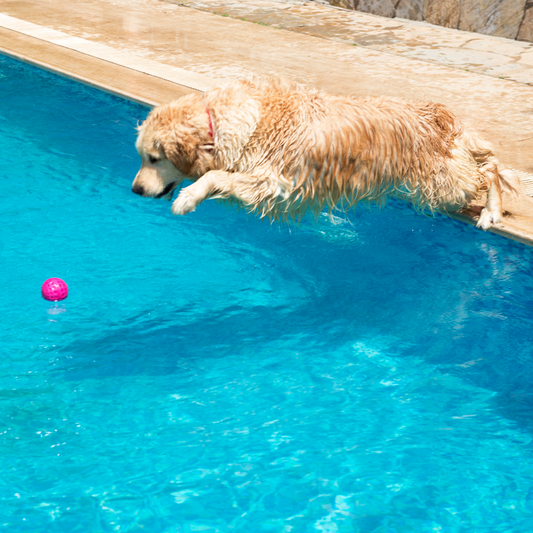Separation anxiety in dogs is more than just occasional whining when you leave home. It’s a genuine emotional struggle that causes distress and leads to destructive behavior, excessive barking, house soiling, and other symptoms.
Understanding and addressing this issue is essential for the emotional well-being of your dog. Here are seven effective solutions to help manage and reduce dog separation anxiety.
1. Establish a Calm Routine
· Dogs thrive on consistency and routine.
· A calm, predictable daily schedule helps them feel secure.
· Keep feeding times, walks, play sessions, and bedtime consistent.
· Avoid dramatic exits or overly excited reunions—they can increase anxiety.
· Practice neutral greetings and departures to lower emotional intensity.
2. Use Desensitization Techniques
Gradually get your dog used to being alone. Start with short periods just a few minutes where you leave the house and return.
Slowly increase the time away as your dog becomes more comfortable. Pair these sessions with positive experiences, like treats or toys, to reinforce the idea that being alone is not scary.
3. How can you keep your dog mentally stimulated when you're not at home?
Keep your dog mentally stimulated while you're away. Interactive toys, treat-dispensing puzzles, and chew items keep them occupied and distracted from your absence. Mental stimulation reduces boredom and provides a healthier outlet for nervous energy.
4. Create a Safe and Comfortable Space
Designate a specific area in your home where your dog feels secure. This space should include their bed, favorite toys, and comforting scents like a piece of your clothing.
1. Familiar
2. Scented
3. Soothing
Use calming tools like white noise machines or pet-safe diffusers with lavender or chamomile to promote relaxation. This can help ease anxiety and make alone time more peaceful.
5. Practice Short Absences Regularly
Daily practice of short departures can help normalize your leaving. These mini-absences, even if just to check the mailbox or step outside, teach your dog that you always return. Gradual exposure builds resilience and lowers stress over time.
6. Consider Professional Help
1. Consult a Professional
If your dog’s anxiety is severe, reaching out to a certified dog trainer or veterinary behaviorist is a crucial step. They can evaluate the root cause and guide you with proven strategies.
2. Customized Behavior Plans
Experts create personalized modification plans tailored to your dog’s specific needs. These plans address triggers and help reshape anxiety-driven behavior over time.
3. Medication and Natural Support
In certain cases, anti-anxiety medications or natural supplements may be recommended. These can ease stress and support your dog’s emotional stability during training and recovery.
7. Stay Active and Engaged
A tired dog is a calm dog. Increase physical activity through daily walks, runs, or play sessions before you leave home.
Exercise helps release pent-up energy and stress. Regular engagement also strengthens your bond and reduces feelings of abandonment. Separation anxiety is a manageable condition, but it requires time, patience, and consistency. By recognizing the signs early and implementing these effective solutions, you can help your dog feel more secure, confident, and comfortable when left alone. A happy, balanced dog means peace of mind for you too.










